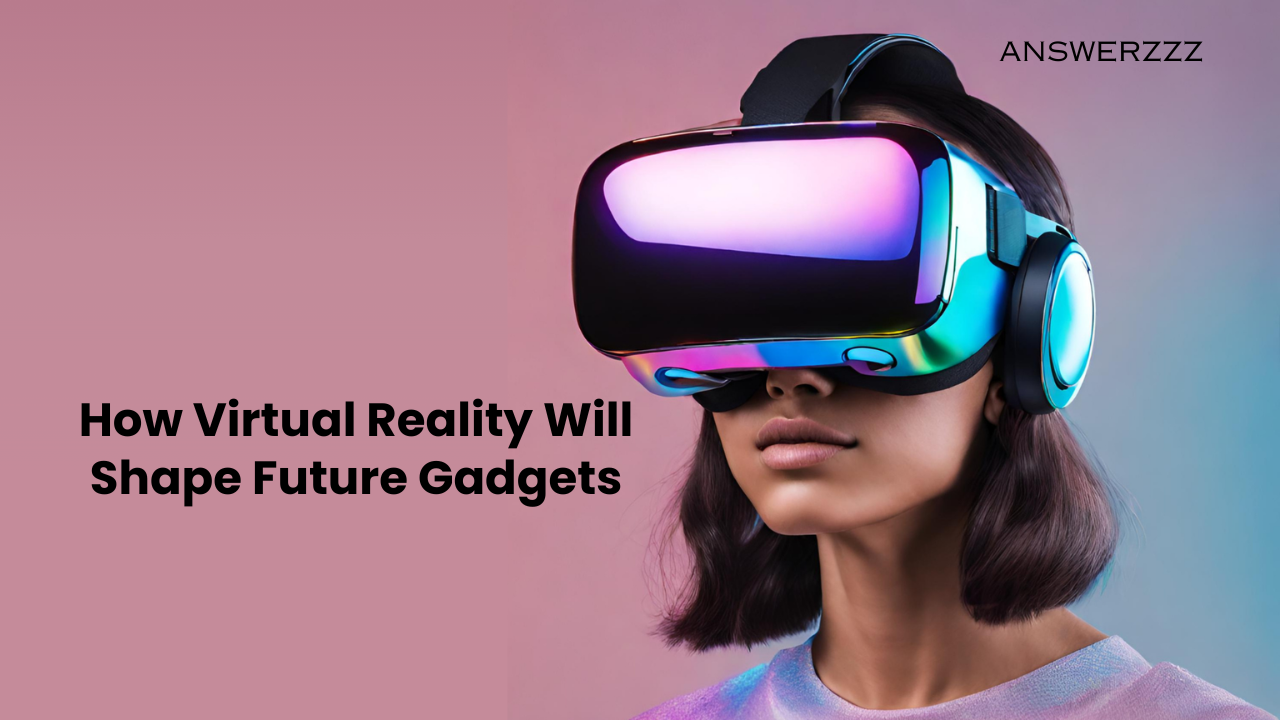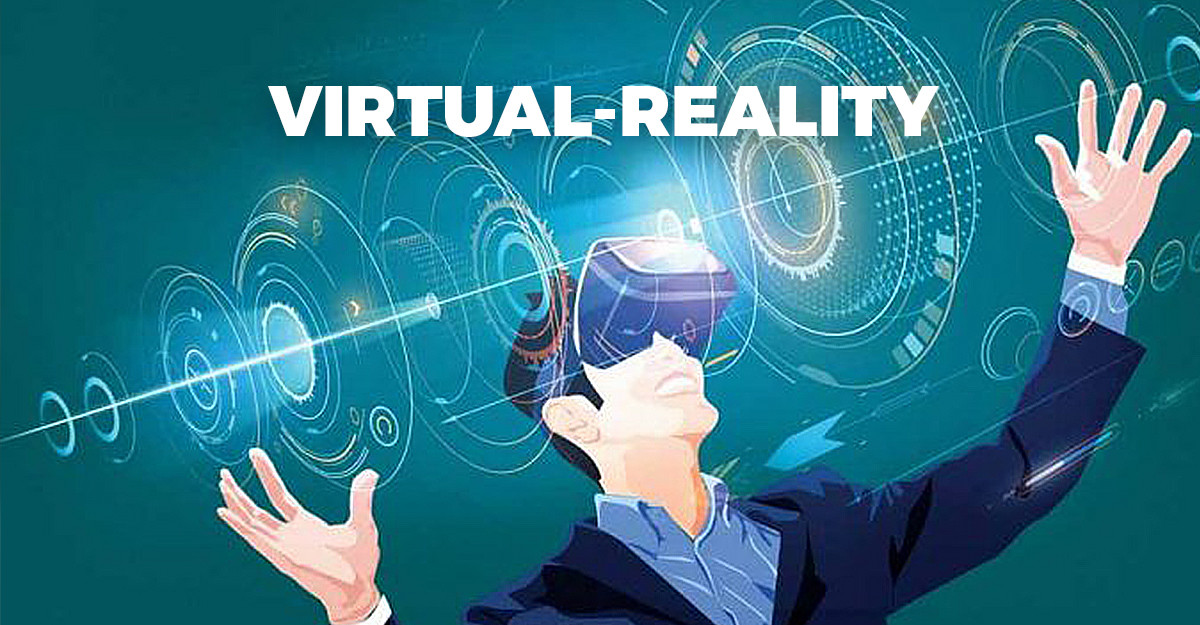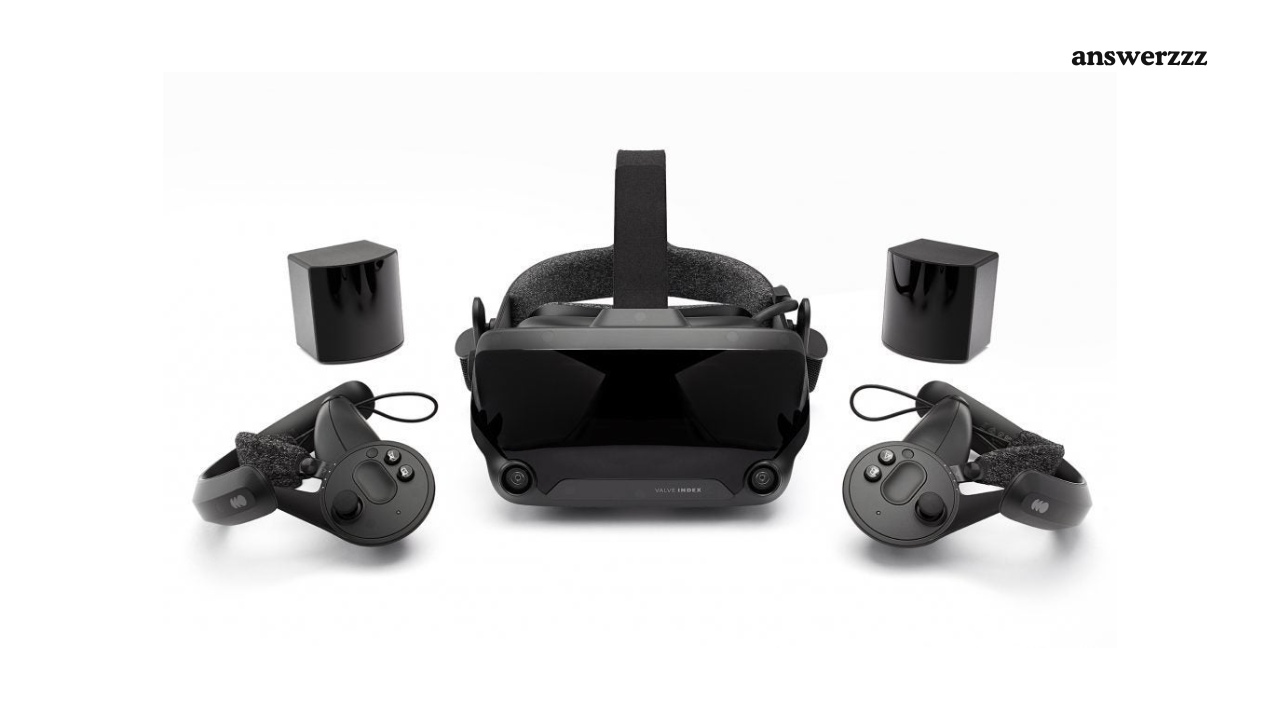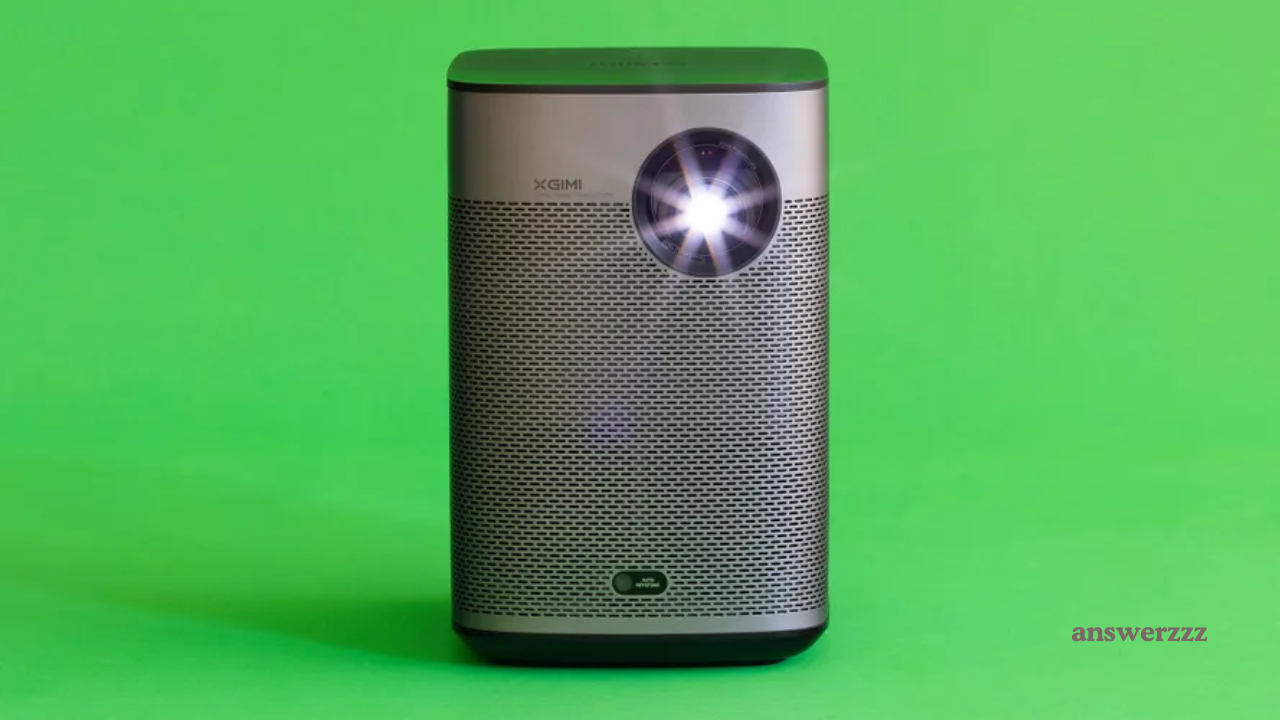Virtual reality (VR) has rapidly transformed from a niche concept into a groundbreaking technology that promises to revolutionize how we interact with digital environments. The potential of VR extends beyond gaming and entertainment; it is poised to redefine various gadgets, enhancing user experience across multiple domains. As we look to the future, the integration of VR into everyday devices will lead to smarter, more immersive, and intuitive gadgets that cater to our evolving needs. This article explores how virtual reality will shape future gadgets, examining its impact on areas such as personal computing, healthcare, education, and smart home technology.
The Evolution of Virtual Reality Technology
Virtual reality technology has advanced significantly since its inception. Initially perceived as a tool for gamers, VR is now being adopted in diverse fields, including education, healthcare, and professional training. The development of more sophisticated VR headsets, improved graphics, and enhanced motion tracking has made virtual environments more realistic and engaging. Innovations in haptic feedback technology and spatial audio are further elevating the VR experience, making it an attractive option for various gadgets. As these technologies continue to evolve, we can expect a wave of new devices that leverage VR capabilities to create seamless and immersive user experiences.
Enhanced Personal Computing Experiences
The future of personal computing will be heavily influenced by virtual reality technology. Traditional screens and keyboards may soon be replaced by immersive VR environments that allow users to interact with digital content more intuitively and engagingly. Imagine working in a virtual office where multiple monitors can be arranged around you, allowing for seamless multitasking and enhanced productivity. VR will enable users to visualize complex data in 3D, facilitating better understanding and analysis.
Moreover, virtual reality will transform how we consume content. Whether it’s watching a movie, attending a virtual concert, or exploring a digital art gallery, VR will provide an unparalleled level of immersion that traditional gadgets cannot match. As companies continue to innovate in this space, we can expect the emergence of VR-compatible devices that prioritize user engagement and comfort, including lightweight headsets and adaptive controllers designed for prolonged use.
Revolutionizing Healthcare with VR Gadgets
Healthcare is another sector where virtual reality will have a profound impact. VR technology has already demonstrated its potential in medical training, enabling students and professionals to practice surgical procedures in a risk-free environment. Future gadgets will likely incorporate VR to provide simulations for a variety of medical scenarios, enhancing learning and preparedness among healthcare professionals.
In addition to training, VR can improve patient care and rehabilitation. For example, VR therapy has shown promise in treating conditions such as post-traumatic stress disorder (PTSD) and phobias by immersing patients in controlled virtual environments that help them confront and manage their fears. Future gadgets may include VR systems tailored for therapy sessions, providing a more effective and engaging way for patients to interact with their treatment plans.
Transforming Education Through Immersive Learning
Education stands to benefit significantly from the integration of virtual reality into future gadgets. VR can create immersive learning experiences that transport students to historical events, scientific phenomena, or even outer space. This level of engagement fosters deeper understanding and retention of information compared to traditional learning methods. Future educational gadgets will likely incorporate VR technology to facilitate interactive lessons, group projects, and virtual field trips.
Moreover, VR can bridge the gap between theoretical knowledge and practical application. For instance, students studying engineering can engage in virtual labs that allow them to experiment with designs and structures without the limitations of physical resources. As educational institutions continue to adopt VR tools, the demand for gadgets that support immersive learning experiences will grow, leading to the development of specialized VR headsets and interactive devices designed for classrooms.
Smart Home Technology Meets Virtual Reality

The rise of smart home technology has already changed how we interact with our living spaces, and virtual reality is set to enhance this trend further. Imagine controlling your smart home devices through a virtual interface, where you can visualize and interact with your home environment in real-time. Future gadgets will integrate VR technology to provide users with intuitive controls for lighting, security, heating, and more.
In addition, VR can enhance the home design experience. Homeowners can use VR tools to visualize renovations or new furniture arrangements before making any physical changes. This capability will empower individuals to make informed decisions about their living spaces, reducing the likelihood of costly mistakes. As smart home technology continues to advance, we can expect the emergence of gadgets that combine VR capabilities with home automation systems, creating seamless and immersive living experiences.
The Role of VR in Social Interaction
As social media continues to evolve, virtual reality will play a crucial role in shaping how we connect with others. VR social platforms are already emerging, allowing users to interact with friends and family in immersive virtual environments. Future gadgets will likely include VR headsets designed for social interaction, enabling users to attend virtual gatherings, concerts, and events from the comfort of their homes.
This shift towards virtual social interaction will also impact how we consume entertainment. With VR, users can attend live performances, sports events, and movie premieres in a virtual setting, providing an experience that mimics being physically present. As technology improves, the line between digital and physical social experiences will blur, leading to new forms of entertainment and community engagement.
Bridging the Gap Between Virtual and Physical Worlds
One of the most exciting possibilities of virtual reality is its potential to bridge the gap between virtual and physical worlds. Future gadgets may incorporate augmented reality (AR) and mixed reality (MR) elements alongside VR, creating a hybrid experience that allows users to interact with both digital and physical objects simultaneously. This convergence of technologies will enable new applications across various fields, from gaming to industrial training.
For instance, in the field of design, architects and engineers could use VR and AR to visualize projects in real-world settings, allowing for real-time collaboration and adjustments. As these technologies become more accessible, we can expect a rise in gadgets that blend virtual and physical elements, creating more dynamic and interactive experiences.
Addressing the Challenges of VR Integration
While the potential of virtual reality in shaping future gadgets is immense, several challenges must be addressed for widespread adoption. Issues such as motion sickness, discomfort from prolonged use, and the need for powerful hardware can hinder user experience. Manufacturers will need to focus on creating lightweight, ergonomic headsets and improving software optimization to enhance usability.
Furthermore, there is a need for standardized platforms and content to ensure compatibility across devices. As VR technology continues to evolve, collaboration between hardware manufacturers, software developers, and content creators will be crucial in delivering high-quality experiences that resonate with users. Overcoming these challenges will be essential for integrating VR into everyday gadgets effectively.
Embracing the Future of Gadgets with Virtual Reality
The future of gadgets is undeniably intertwined with the advancements in virtual reality technology. As we continue to explore the potential of VR, we can expect a transformative impact on personal computing, healthcare, education, smart home technology, and social interactions. The integration of VR into future gadgets will lead to more immersive, intuitive, and engaging user experiences, ultimately reshaping how we interact with technology.
By addressing the challenges associated with VR adoption, manufacturers can pave the way for a new generation of devices that enhance our daily lives. As we embrace the possibilities of virtual reality, it is clear that the future of gadgets will be defined by their ability to create seamless connections between the digital and physical worlds, empowering users to explore, learn, and interact like never before.





